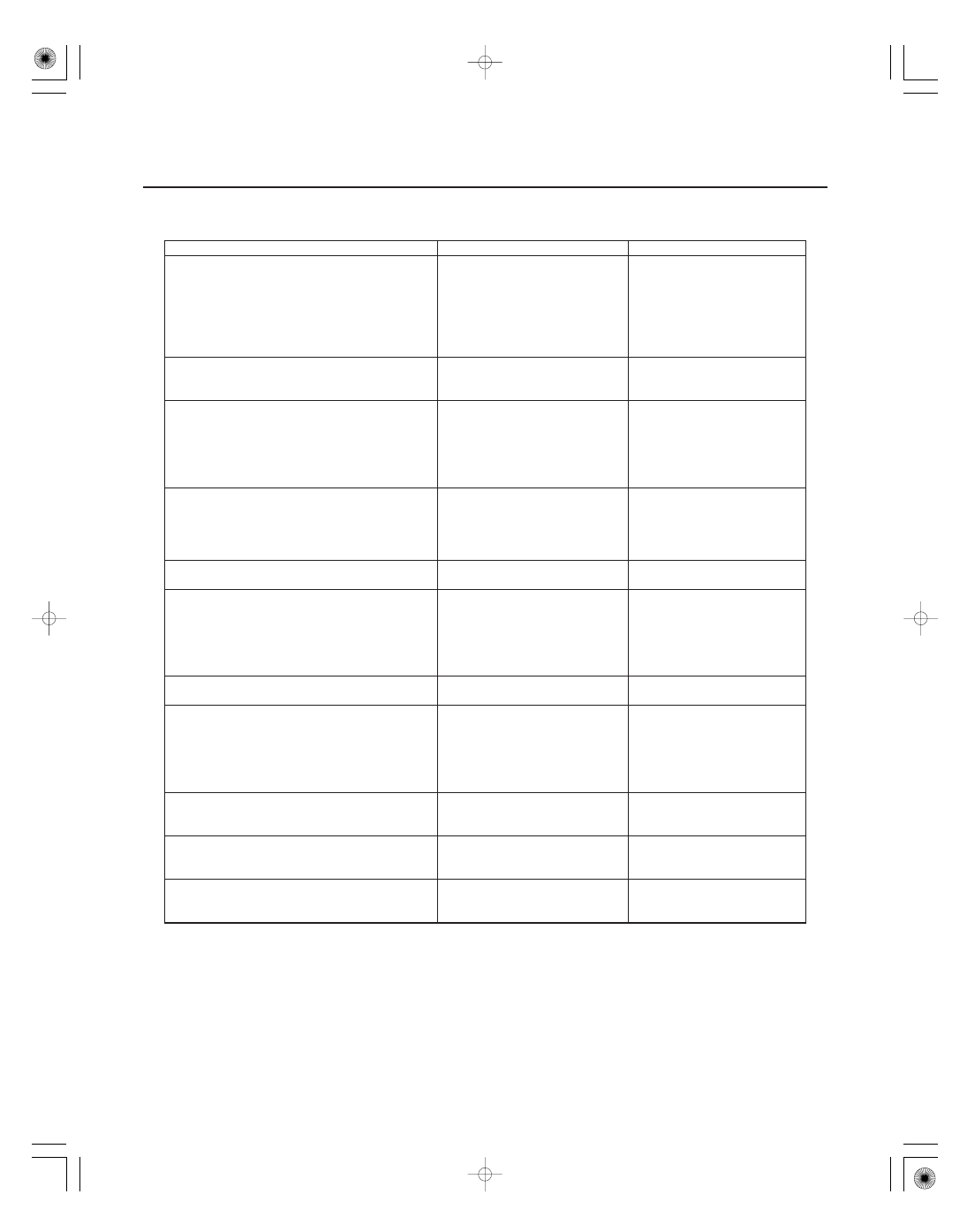Honda Ridgeline. Manual - part 527

−
−
Symptom
Diagnostic procedure
Also check for
23-74
Navigation System
Symptom Troubleshooting Index (cont’d)
•
•
•
•
•
•
Address cannot be found or system gives poor
routing
See ‘‘Answering client
questions about navigation
coverage’’ in general
troubleshooting
Verify proper operation and
system limitations using the
navigation system manual
The wrong colored DVD or
version is installed
Database limitations
(address not in database)
Some set
up and information functions of the
navigation system are grayed
out and do not
work
Client did not select ‘‘OK’’ from
Disclaimer screen
Previous Destinations button is dim and not
selectable in the Enter destination by screen
(grayed-out)
The vehicle may be new, or the
client deleted them. Enter a
destination, and allow the
system to route to it. After the
trip, the Previous Destinations
button will be selectable
See Owner’s Manual for more
details
Today’s Destinations button is dim and not
selectable in the Enter destination by screen
(grayed-out)
The client has not entered a
group of locations for Today’s
Destinations. This is normal.
The button is only selectable if
the client is using this function
Time is not correct
Reset Time Adjustment in set-
up
The wrong colored DVD or
version is installed
The map will not display the Southern portion
of the U.S. or the Northern parts of Canada
North American coverage is
different for U.S./Canada
markets. See the version
diagnostic screen (see page
23-133) for details on coverage
differences
The wrong colored DVD or
version is installed
The DVD is scratched or dirty
See ‘‘DVD Handling and
Cleaning’’ (see page 23-68)
Navigation unit
The wrong DVD was installed and now the
system does not function properly
See ‘‘Precaution client Sneak
Previews’’ (see page 23-70)
Install the correct version
DVD
Check on-line for service
bulletins or other service
information for the
navigation system
A POI cannot be found
See ‘‘How to answer client
questions about navigation
coverage’’ (see page 23-70)
The DVD is scratched or dirty
A specific city cannot be found
See ‘‘How to answer client
questions about navigation
coverage’’ (see page 23-70)
The DVD is scratched or dirty
An In Line Diagnosis screen appears every
time vehicle is started
See factory diagnostic screen
‘‘In Line Diag’’ (see page
23-110)